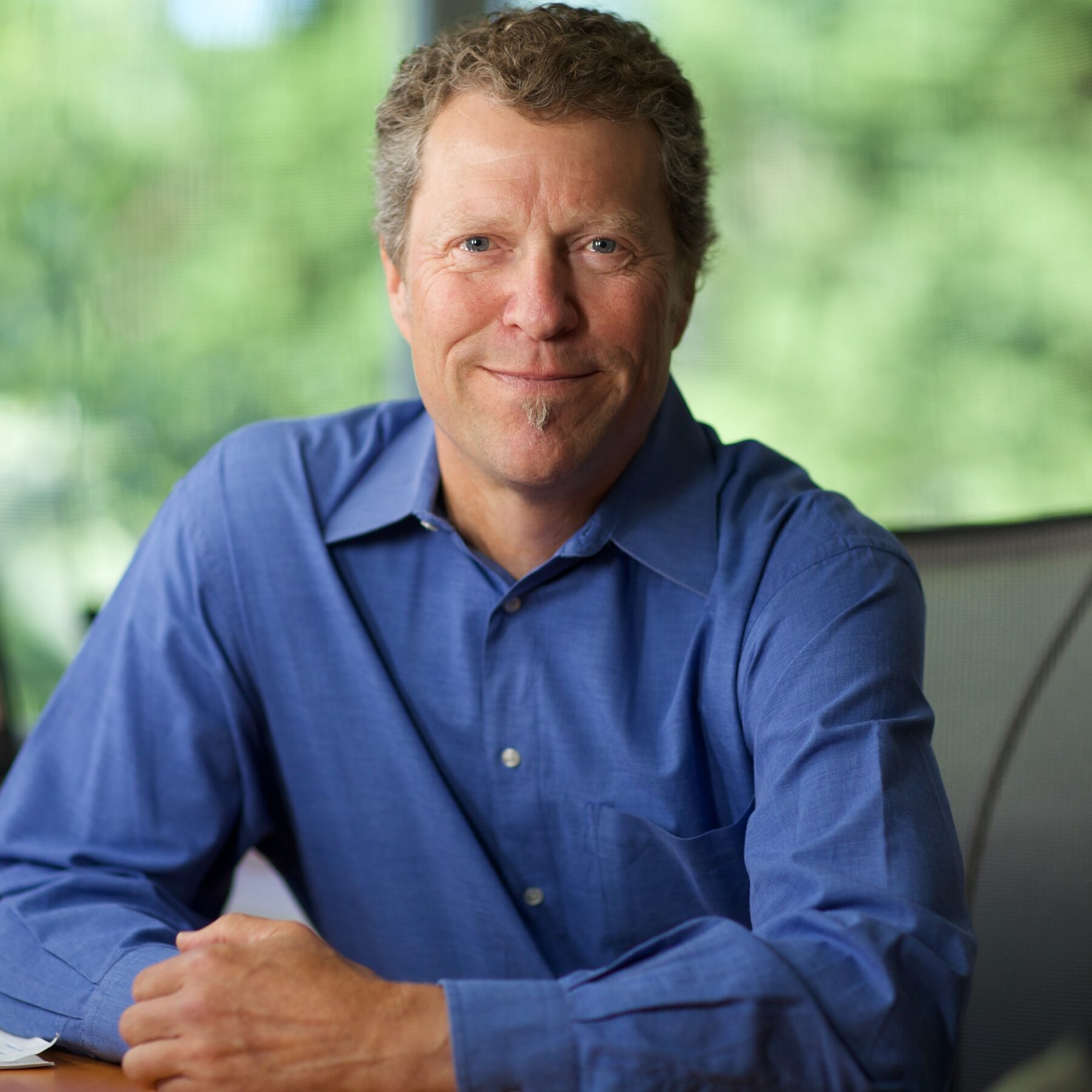SeafoodSource interview with Jim Harmon: Outlook for 2015
by Christine Blank

SeaShare in Bainbridge Island, Wash., has been doing the great work of distributing seafood to food banks across the country for around 20 years. This year, the organization fed high quality seafood to millions of people, but there is still more to do.
SeafoodSource checked in with Executive Director Jim Harmon to see what the organization has planned for 2015.
SeafoodSource: The National Fisheries Institute (NFI) and its Future Leaders program has successfully partnered with SeaShare for several years. How much money did NFI raise this year for SeaShare?
Harmon: We're at around USD 26,675 (EUR 22,000) and more than 133,000 pounds of seafood that the Future Leaders have donated, which is slightly higher than the year before. They will keep working on this project until the NFI Conference in Las Vegas at the end of January. NFI is the biggest seafood organization in the country and we are the largest seafood donation organization in the country, so it makes sense to work together.
SeafoodSource: Which companies donate to SeaShare?
Harmon: Every year, we work with 120 different seafood companies and support organizations. Last year, our donor of the year was High Liner Foods and the year before that it was NFI. We are very thankful for the generosity of our member companies.
SeafoodSource: What are the most commonly donated seafood items?
Harmon: Undervalued or excess seafood is what we started with. Now, we get the top-of-the-line products such as canned salmon and a lot of frozen products; 70 percent are frozen. Catfish, tilapia, salmon, pollock and cod make up the bulk of the donatable products. They are primarily processed, headed and gutted, and often other donors will re-process it into family-sized portions to make it a higher value. A lot of companies re-process seafood at no cost and some do it at a greatly reduced cost.
SeafoodSource: How many hungry people did SeaShare provide meals to in 2014?
Harmon: We do around 1.5 million pounds, which equals around 6.5 million servings. We will do more this year.
SeafoodSource: What does SeaShare need in order to feed more families in 2015?
Harmon: There is still room to grow and there is still more we can do. Seafood is getting more and more expensive, so we rely on these companies' generosity to get it done. We work with cold storage facilities across the country. We have great relationship with people like Preferred Freezer Storage, which donates 30-day free storage. However, a lot of the stuff that gets donated may have two months of shelf life and we will have to pay for a month of cold storage before we move it out. The future for us is in accessing product that is not quite free, but could be if we could get freezer space. That's a growth area for us. The goal would be 2 million pounds, which would be quite an increase for us.
SeafoodSource: It is unusual for food bank patrons to eat high-quality proteins. How is SeaShare helping this population?
Harmon: We are replacing a lot of low-value, high-calorie products that the population would be eating. We are not only feeding them, but are teaching them to eat better. A lot of these people aren't seafood-savvy. They haven't eaten it very often and don't understand how easy it is to prepare. Once they are up on their feet and back to grocery shopping, there is an opportunity that they will be buying seafood.